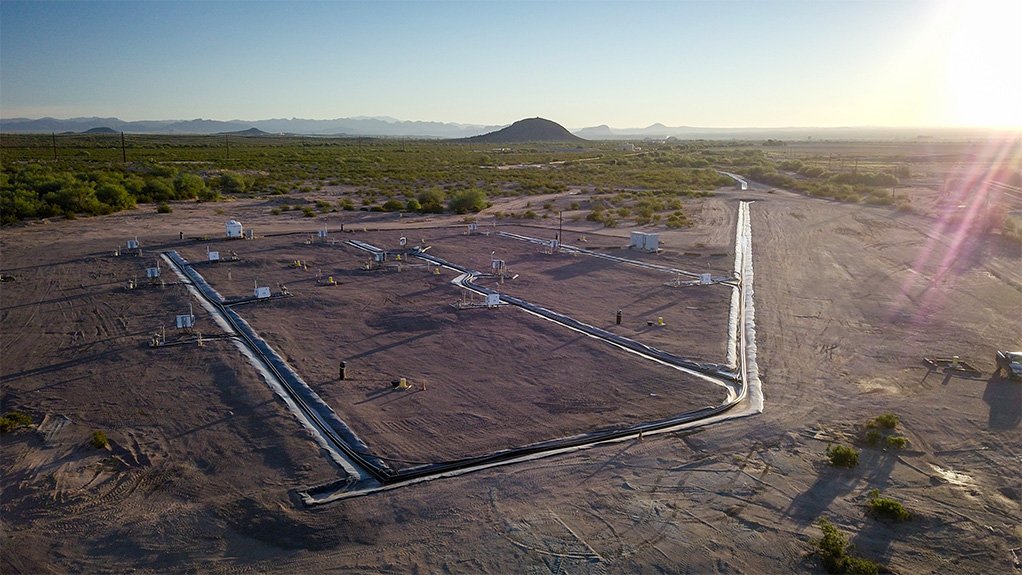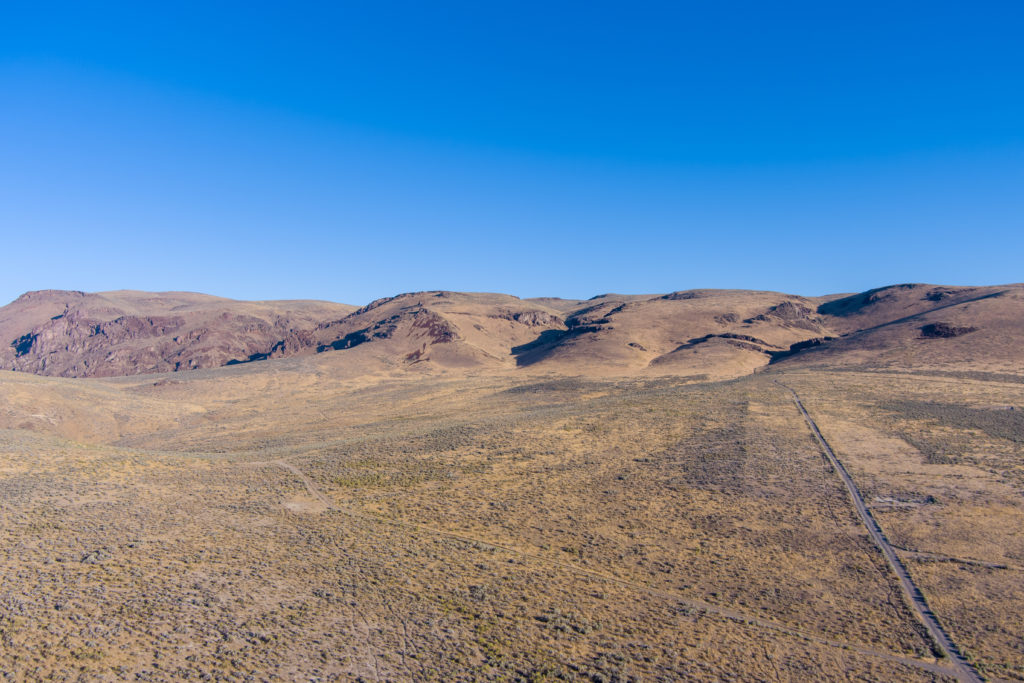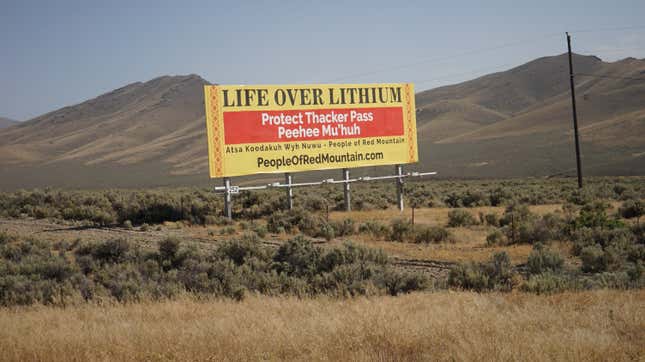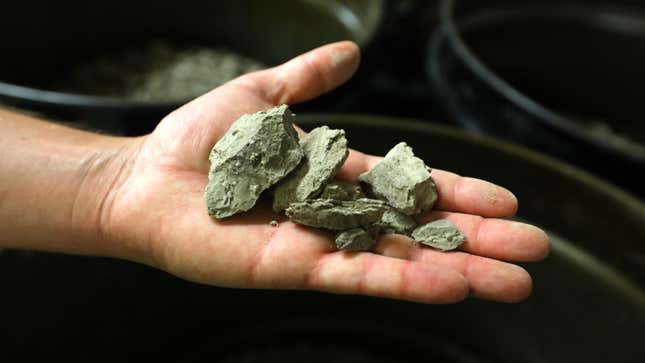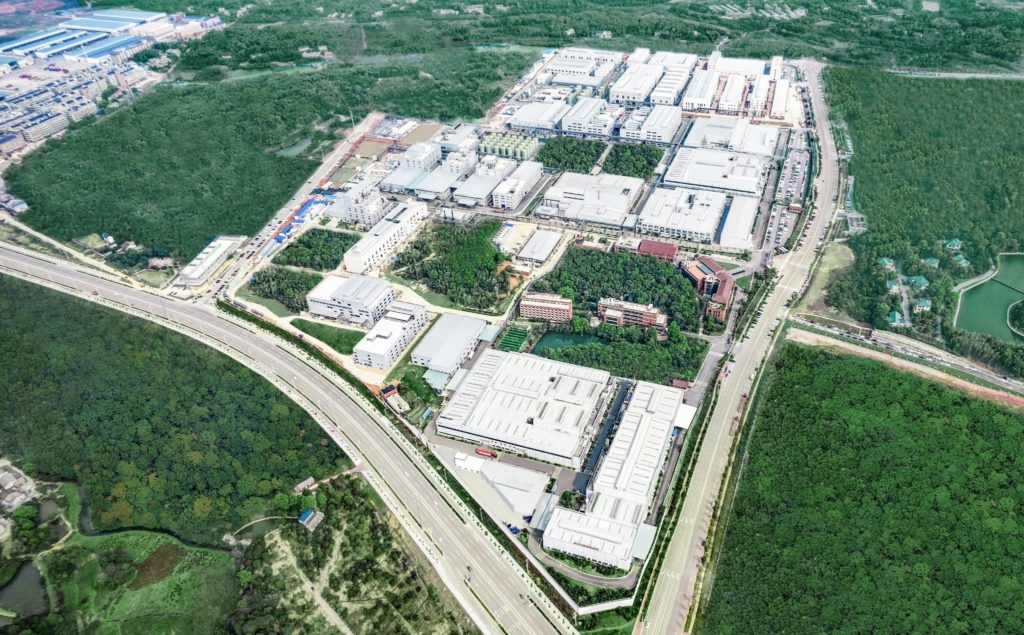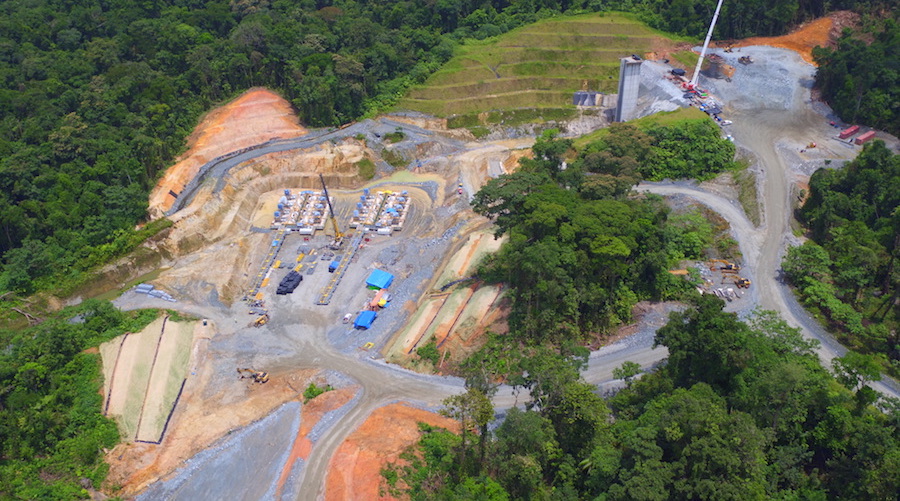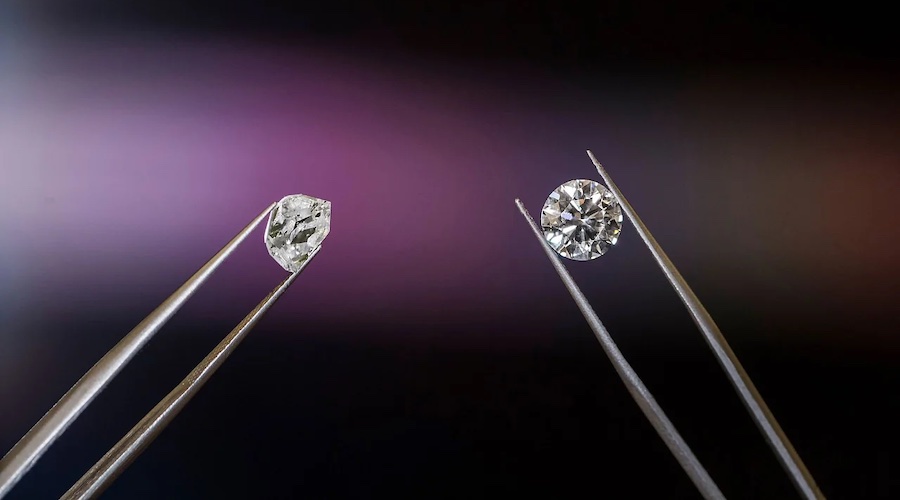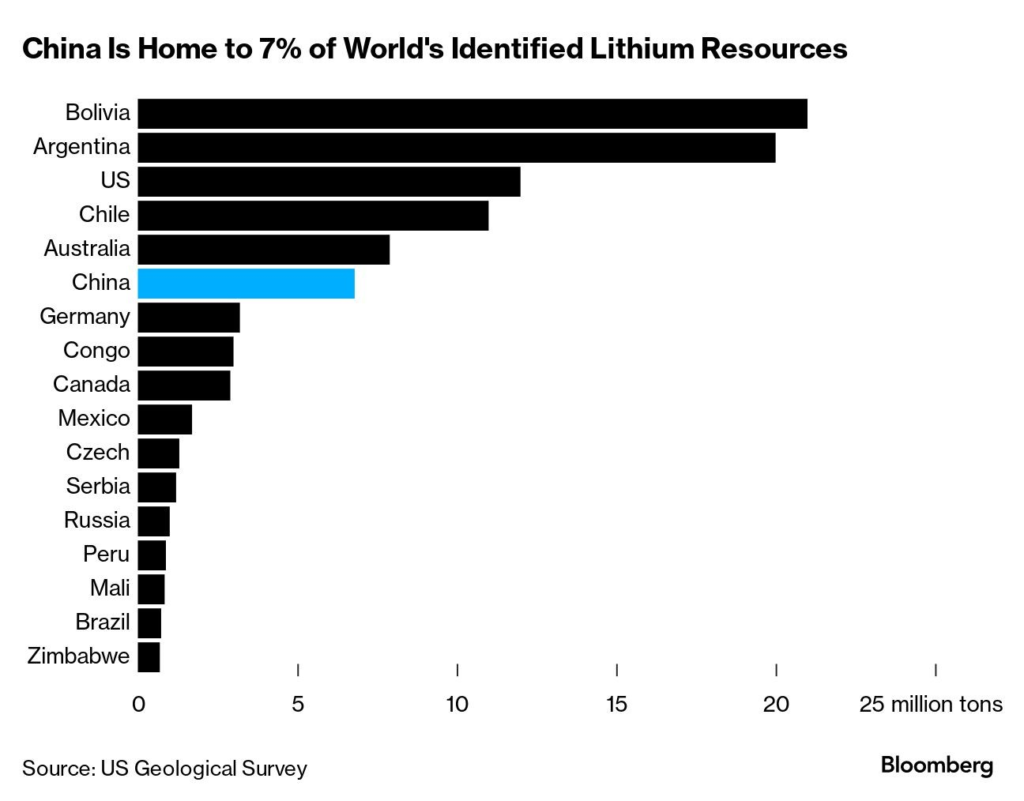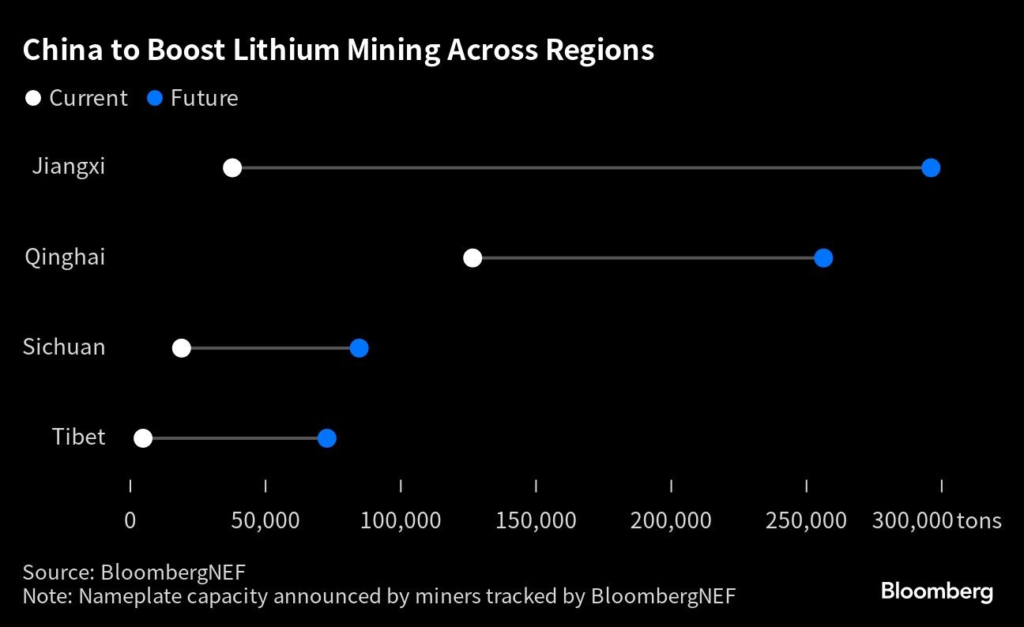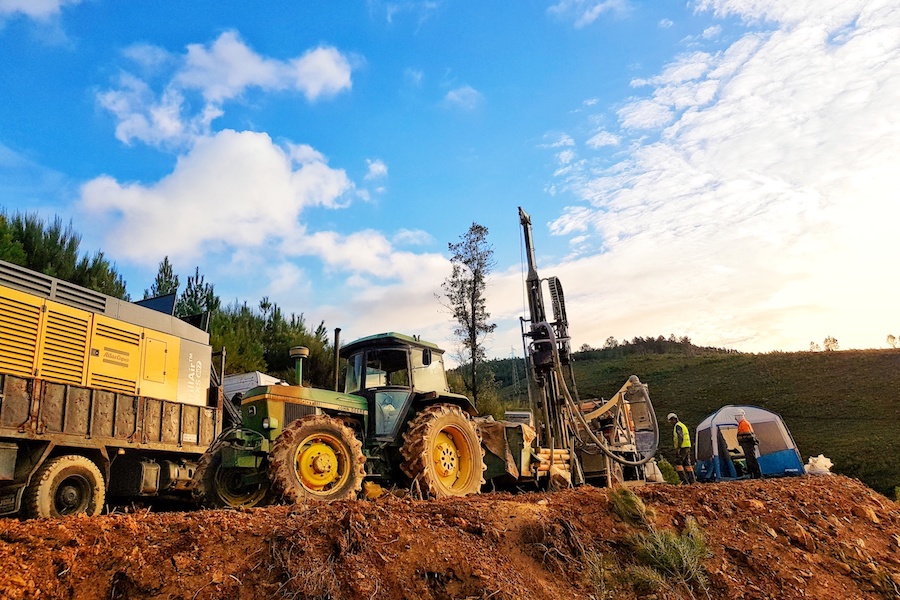The price of your next pint may have something in common with your next flight. Then again, it might not. It depends on where you drink.
The U.K.’s biggest pub operator, Stonegate Group, whose venues include Slug & Lettuce and Be At One has introduced “dynamic pricing” to pints and other drinks at 800 of its 4,500 venues during busy times like weekends. The price will go up when the place is packed; it might go drop below the standard price at less crowded times, in an effort to induce customers to come in.
But that doesn’t mean it will get more expensive to drink on Saturdays everywhere. Many operators, including the ubiquitous U.K. pub chain J D Wetherspoon, say they won’t be hiking prices up and down. A representative for the company, which has nearly 900 locations across the U.K. and Ireland, says that they have no plans to implement dynamic pricing. Greene King, which operates 2,700 pubs, hotels and restaurants in the U.K., also confirmed that it doesn’t intend to use surge pricing in the near or distant future.
The concept mirrors the practice of airlines and hotel companies that increase prices for seats and rooms at busy times, in line with demand. Uber users will also be very familiar with “surge pricing” as they try to get home from the pub on a late Friday evening.
Heath Ball, owner of the award-winning pub The Red Lion and Sun in North London, U.K., adamantly disagrees with the idea of surge pricing. His customers are, he says, very sensitive to price hikes because of the U.K.’s stubbornly high inflation rate. Ball says that if he has to raise prices, he will increase them across the board, rather than on targeted days and times. Flex pricing won’t do pubs any favors, he insists. “Everyone hates being charged more for things like flights on school holiday time or concerts,” he says. “I don’t want going to the pub to feel like an event, I want it to be something people do with their mates all the time.”
Unhappy Hour
Ball is currently in Bristol for the MA Leaders Club conference, an event focused on people in the pub trade. There, Stonegate’s surge pricing initiative has dominated conversation. The move has been dubbed “unhappy hour” by operators at the conference who agree that it’s not the press anyone wants when customers’ budgets are already squeezed.
The price hikes, which were first reported by the Telegraph, will result in the cost of pints being increased by 20 cents, for example, on weekends at a Stonegate Central London venue. Though that’s not a large amount, it adds up after a few rounds especially in the midst of the rising price of beer. The average cost of a pint of lager in a U.K. pub now costs 4.58 pounds, according to data from the Office of National Statistics. In 2019, that same pint cost 3.70 pounds. Stories of eight-pound pints regularly cause grumbling on social media.
Surge pricing is not new to Stonegate. Its pubs have implemented surge pricing in the past, hiking up the price of their pours by much as one pound (US$1.25) during major events like the FIFA World Cup in 2022.
A spokesperson for Stonegate said in a release that “on occasions pricing may marginally increase in selective pubs and bars due to the increased cost demands on the business with additional staffing or licensing requirements such as additional door team members.” The spokesperson also flagged cost-saving promotions they offer, like happy hours and two-for-one cocktails.
The pub industry in the U.K. has been struggling in recent years. The number of pubs around the country has dropped by a quarter since 2000, according to data from the British Beer and Pub Association. Post-pandemic, the businesses have struggled with rising costs of energy and raw materials like cooking oils. They have also faced problems both with hiring and retaining staff.
“Gone are the days where everyone thinks publicans are rolling in cash, people just aren’t going out as much anymore,” says Ball.
